The 944 isn’t a traditional Porsche sports car. In fact, it’s a far cry from that iconic flat-six, rear-engined coupé you’re thinking of.
Little does that matter, however. In its heyday, this masterpiece was the most successful sports car in the manufacturer’s history, with more than 163,000 examples produced.
Introduced in 1982, the 944 built on the platform its 924 predecessor had established. It features a front-engined, rear-wheel-drive layout and a range of in-line fours. Initially offered with a 161bhp 2.5-litre unit under the bonnet, the standard car – called Lux – is no slouch, although it’s no rocket either.
The 217bhp Turbo offers more fiery performance, with a 0-60mph time of 5.9sec. It arrived in 1986. Next to be introduced was the S, with a 187bhp 2.5-litre atmo engine. And at the top of the performance ranks, you have the Turbo S. This 247bhp limited edition appeared in 1988 and today is the rarest and most sought-after 944.
A year later came a 163bhp 2.7-litre engine (a detuned version of the 187bhp unit in the 944 S) to replace the 2.5, as well as the arrival of the 3.0-litre S2. Its four-cylinder engine has 205bhp, meaning it treads on the heels of the mighty Turbo.
Porsche, upon noticing this, then replaced the Turbo’s 217bhp engine with the 247bhp unit of the Turbo S. The updated Turbo got all the Turbo S enhancements bar the M030 suspension and Club Sport wheels.
Finally, just a few months before the 944 gave way to the 968, the Turbo Cabriolet landed in 1991. Buyers could choose between a standard five-speed manual gearbox or a three-speed automatic (most chose the former), and the 944’s rear-mounted transaxle (made by Audi) helped achieve a near-perfect weight balance. It therefore feels like a true driver’s car, possessing excellent balance and agility.
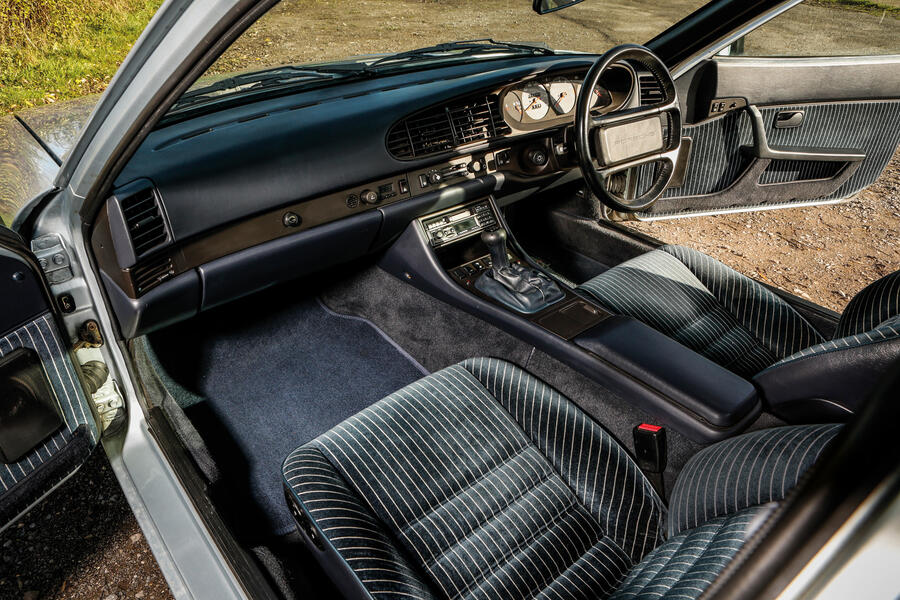
In pre-1988, non-Turbo form, it’s also around 200kg lighter than the current Porsche 718 Boxster, despite packing a couple of modestly sized rear seats. It’s remarkably fun to pilot through a set of winding corners, with accurate, suitably weighted steering and little body roll. In fact, it even makes a good track-day car.
Then again, the 944 can double up as a grand tourer, too, thanks to a comfortable ride, a well-appointed interior and a decent boot, as well as the previously mentioned rear seats.
Confidence-inspiring reliability acts as the cherry atop this delectable cake. Find a 944 that has been well looked after and properly maintained and it shouldn’t cause you an unprecedented number of problems. You could truly use it every day.



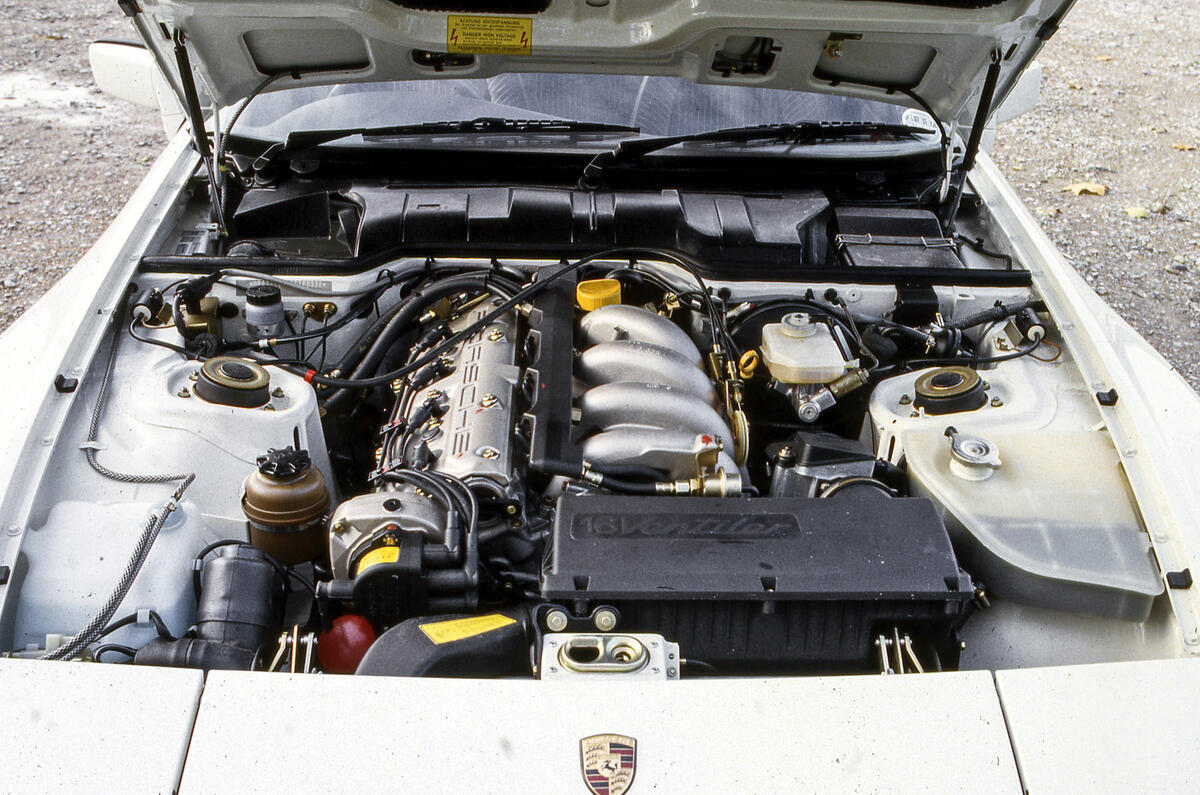
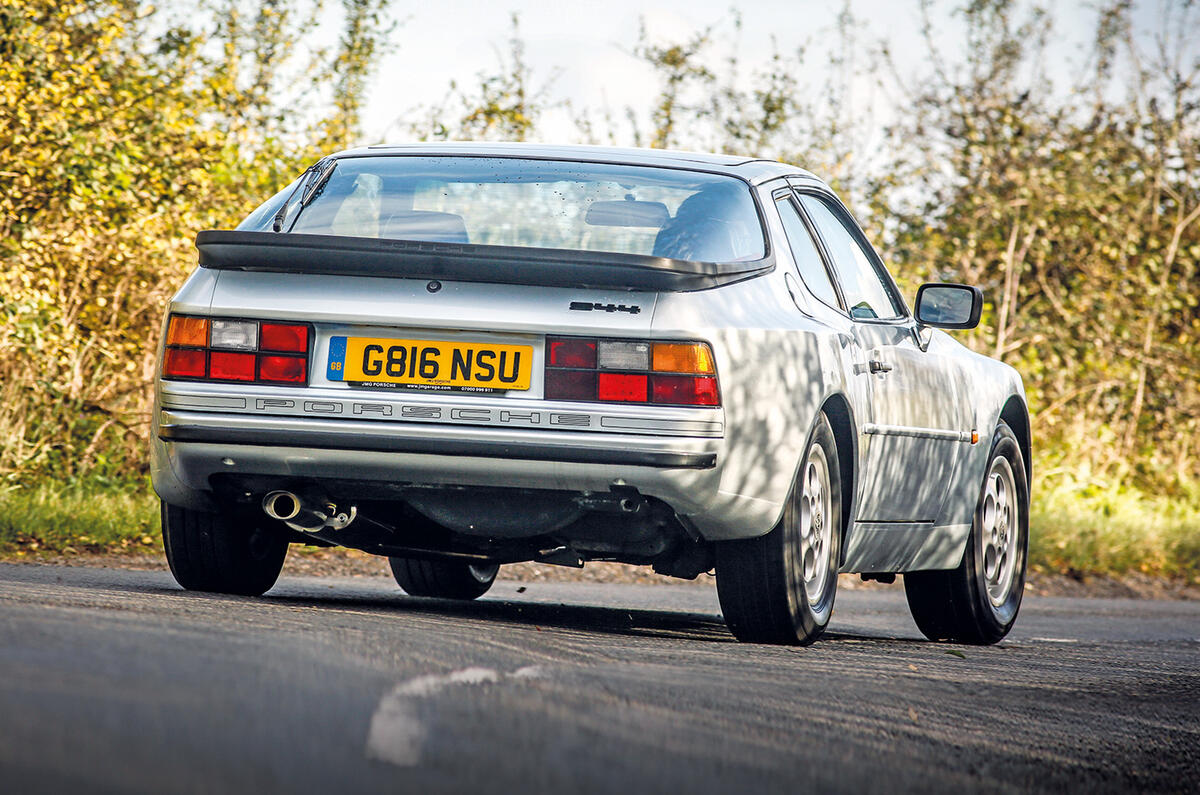

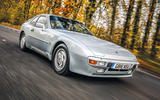
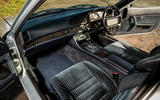

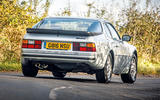
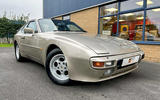

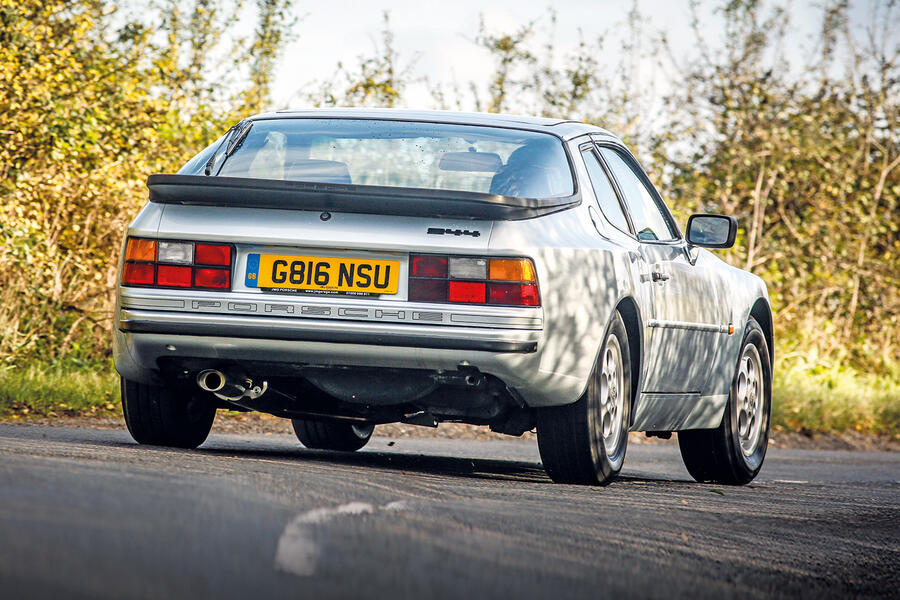
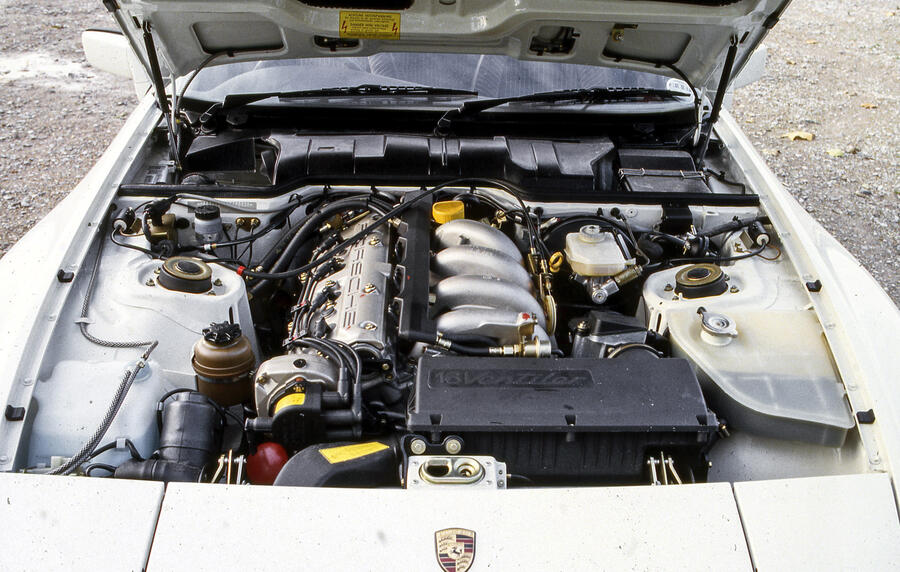

Join the debate
Add your comment